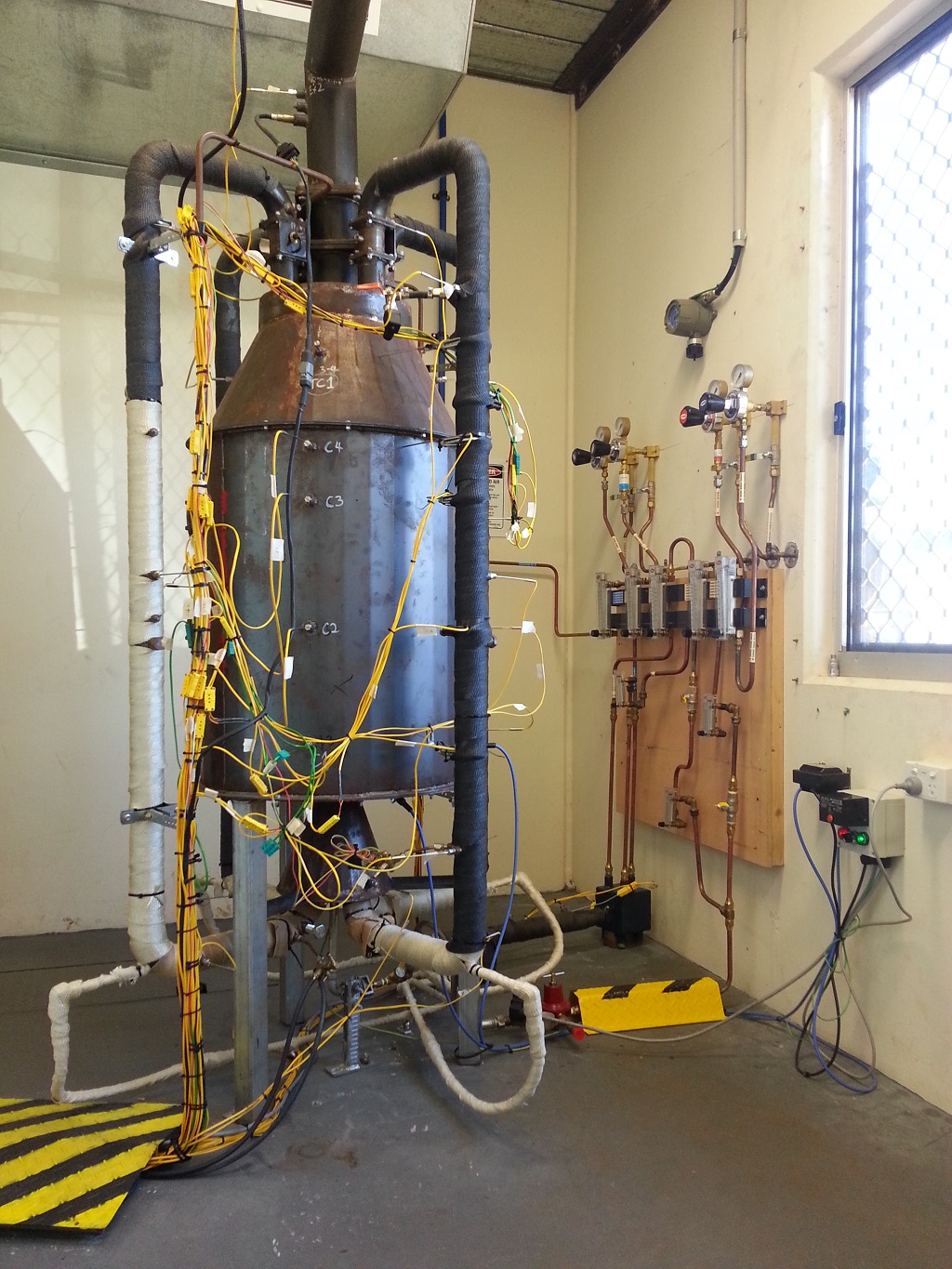The Importance of MILD Combustion, Biogas and The Impact on The Global Warming
The energy demand is dramatically increasing due to the growth of the world's population and substantial economic development in Brazil, Russia, China, and India. The combustion of fossil fuel is projected to fulfil about 75% of this energy needs. Some of the significant challenges are to provide efficient energy and limit greenhouse gas (GHG) emissions. Combustion pollution will increase the earth's temperature, create unstable weather, increase ocean levels, and ice melting in the North and South Poles.
More efficient use of fuel with low GHGs emission as well as carbon capture and storage (CCS) might be effective ways to reduce the GHG emissions gradually. Earlier findings reported that Carbon dioxide (CO2) contributed 77% of the greenhouse gas emissions, with combustion accounting for 27%, making it a major contributor to global climate change. To counter this issue, the improvement of combustion efficiency with lower emissions has led researchers to have more interest in new combustion technology and combustion modelling. Preheating of the reactants by the hot flue gas is one method to improve combustion efficiency. By implementing this concept, a new combustion technology called MILD combustion was invented. Currently, MILD combustion has been applied in closed furnaces where the oxygen is diluted, and the air-fuel mixture is preheated by internal flue gas circulation.
MILD combustion produces high combustion efficiencies with very low emissions. They reuse, or recycling of the waste heat from flue gases will increase the thermal efficiency of MILD combustion by 30%, while also reducing NOx emissions by 50%. This research will also consider the use of biogas as a combustion fuel. The performance of MILD combustion with biogas compared to natural gas is about the same, but because biogas is renewable and CO2 produced from biogas combustion will be reused by feedstock that produces biogas (closed-loop), it is more beneficial to use biogas. Biogas is a type of renewable energy. CO2 is currently the primary concern for greenhouse gases, global warming, and its consequences. When fossil fuels are combusted, CO2 will be released as a waste by-product. Biogas produced from biomass uses CO2 in the photosynthesis stage, hence will reduce the CO2 in the atmosphere. The production of biofuels is normally based upon locally available feedstocks including soybean, rapeseed, jatropha seed, palm oil, sunflower, cottonseed, tallow (animal fat) or even waste cooking oil. In Australia and the US, most biofuels are derived from soybeans while in Europe, rapeseed is the largest source.
This research will concentrate on open furnace MILD combustion using biogas as the fuel because open furnaces are more common in the industry. Generally, the setup for an open furnace is simpler and cheaper than a closed furnace because the latter needs a thick and solid wall. However, open furnaces have additional complexity because of their requirement for preheating. It is believed that currently there is no reported data about MILD combustion in open furnace applications. In order for the open furnace to achieve MILD combustion, the supplied air must be diluted to reduce the oxygen content and preheat the air-fuel mixture to reach the auto-ignition temperature.
The Exhaust Gas Recirculation (EGR) concept is utilized to achieve the dilution of oxygen and the preheating of the mixture by collecting the exhaust gas and mixing it with a reactant. The furnace needs to be enclosed to capture the required fraction of exhaust gas. The design and draft for the open furnace were done with the assistance of AutoCAD® and ANSYS Fluent® (CFD). The CFD was used to study and modified the furnace and nozzle design and these processes repeated until the simulations reach the MILD combustion state.

By: Ts. Dr. Muhamad Mat Noor
e-mail: muhamad@ump.edu.my
The writer is a Researcher at the Faculty of Mechanical and Automotive Engineering Technology, Universiti Malaysia Pahang (UMP).
- 191 views










